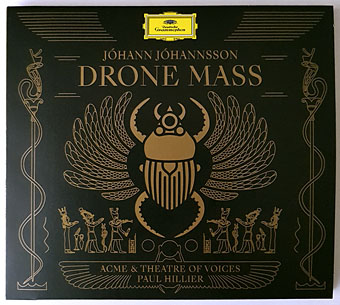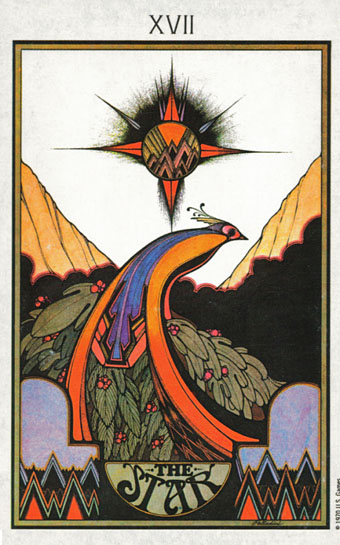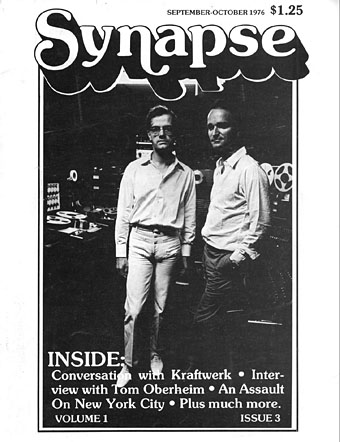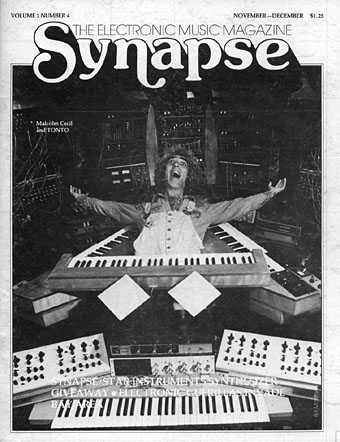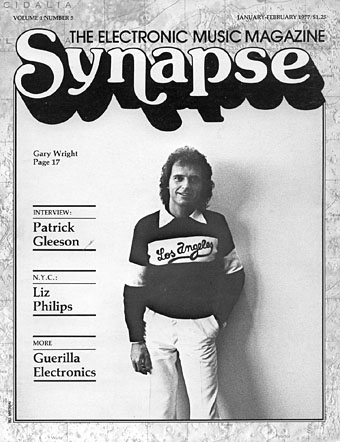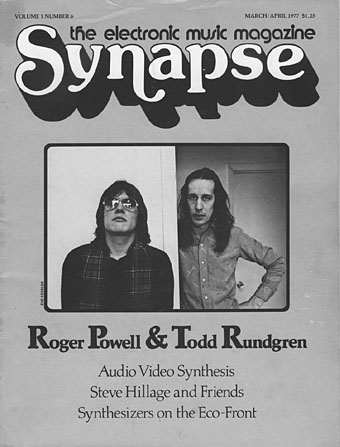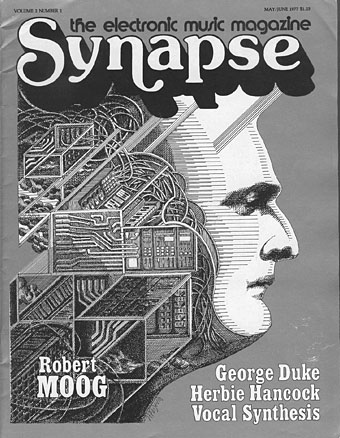Design by Florian Karg.
You’d think someone would have used the title Drone Mass prior to this new release but it seems not. The album is the premiere recording of a late composition by Jóhann Jóhannsson, performed by the composer’s regular collaborators in the American Contemporary Music Ensemble, together with Theatre of Voices and their conductor Paul Hillier. The album title and the presence of a choral group raises expectations of a religious Mass but John Schaefer’s notes draw attention to the title’s ambiguities, Jóhannsson having said that he was thinking as much about airborne drones as sustained sounds. (The Khephri scarab on the cover has a rather drone-like appearance.) Schaefer also notes that the word “mass” can refer to physical substance as well as religious ritual.
As to the substance of the music, there is a superficially religious quality to the first two pieces, a feature deceptive enough to make the album the kind of thing I’d like to play to the unsuspecting. Without knowing what to expect you could easily imagine the rest of the suite developing like an Arvo Pärt composition (and Theatre of Voices/Paul Hillier have performed Pärt on several occasions) until you reach the dissonant waves of the third piece, Triptych In Mass, after which various electronic rumbles and distortions arrive to take the album into a very different sphere. One of the pleasures of Jóhannsson’s compositions was this juxtaposition between the familiar structures and instruments of classical composition with sounds processed by computer software. The combination isn’t exactly new, Edgard Varèse was doing the same as far back as the 1930s (he also discussed his music in terms of “sound masses”), but in 20th-century examples the orchestral component is always striving to seem as fresh and as different as the electronics genuinely were. What you didn’t get then—because any such music would have been deemed old-fashioned or even reactionary—is this blending of traditional chords and harmonies with sounds that originate in the latest digital processes. After the release of Last And First Men I hadn’t been expecting any new Jóhannsson compositions (although previously unreleased soundtracks keep turning up) so this is all very welcome.
If you’ve looked at Florian Karg’s cover and are wondering what any of the above has to do with Ancient Egypt, an explanation may be found inside the album where a photo shows the 2015 premiere performance of Drone Mass taking place outside the Temple of Dendur at the Metropolitan Museum of Art, New York. That bright yellow Deutsche Grammophon logo has become something to watch for in recent years. The DG cartouche has always been a trademark of quality where classical recordings are concerned but the label has a somewhat broader remit today, releasing many more soundtrack albums than they would have done in the past, in addition to non-soundtrack works by Jóhann Jóhannsson, Max Richter and others. Oddly enough (considering the news last week), the new direction was begun by Vangelis in 1985 when his Invisible Connections album was released on DG instead of its pop sibling, Polydor. This was very surprising at the time even though the label had been releasing avant-garde compositions for many years; the first Stockhausen album I bought in 1981 was a secondhand DG release of Mikrophonie I & II. Some of the recent remixes of old Berlin Philharmonic recordings will have set Herbert von Karajan spinning in his sarcophagus but the label hasn’t pushed things too far in that direction, and if the poppier works pay for new recordings such as this one then I’m not complaining.
Previously on { feuilleton }
• Jóhannssonia
• Last and First Men

